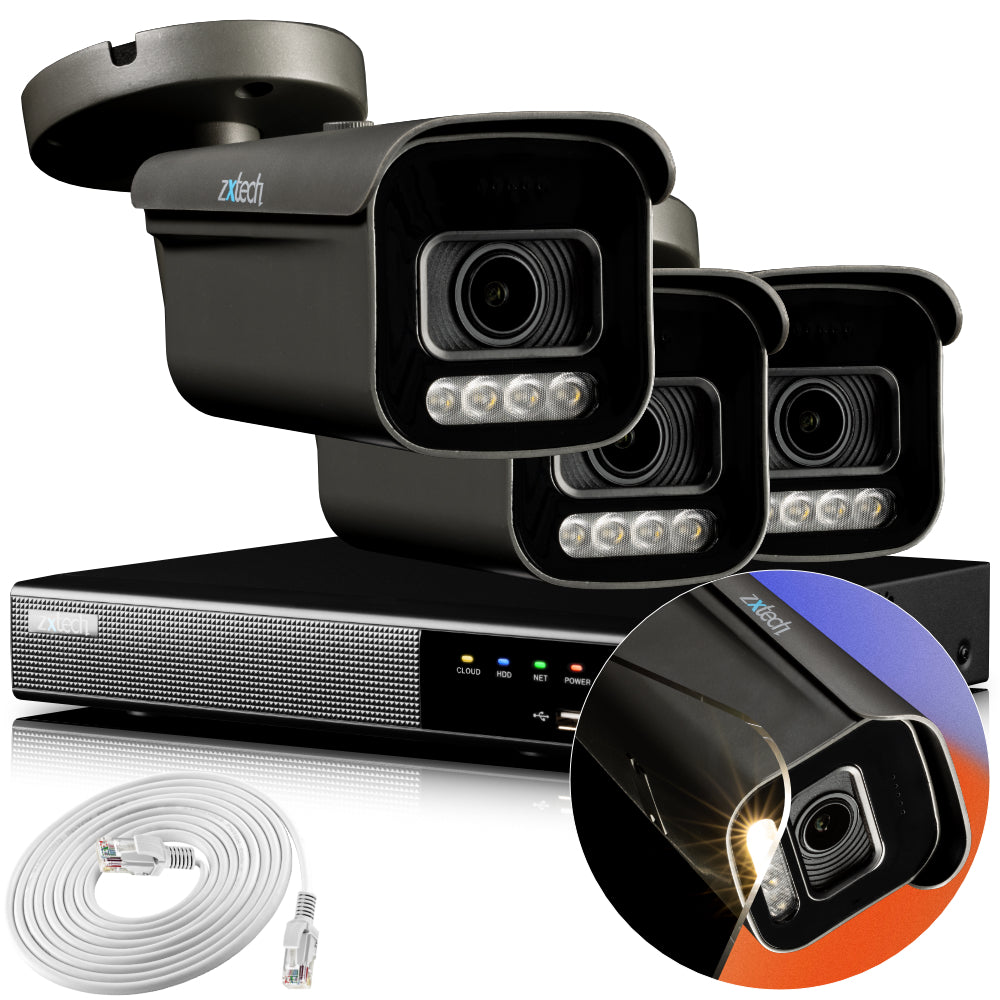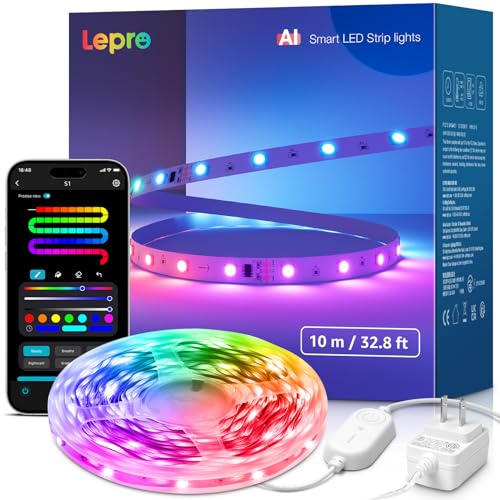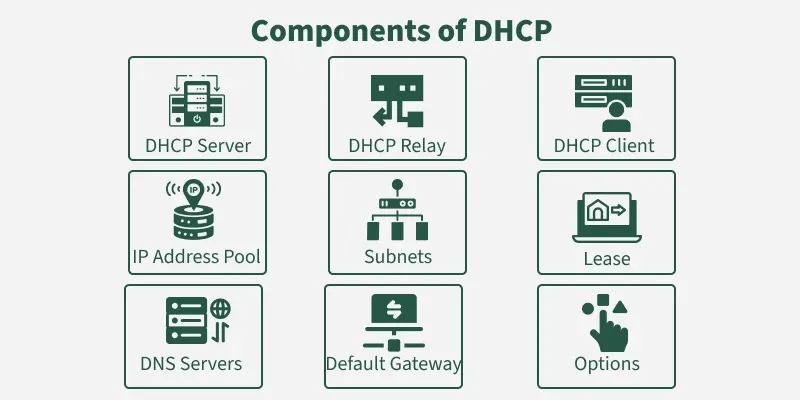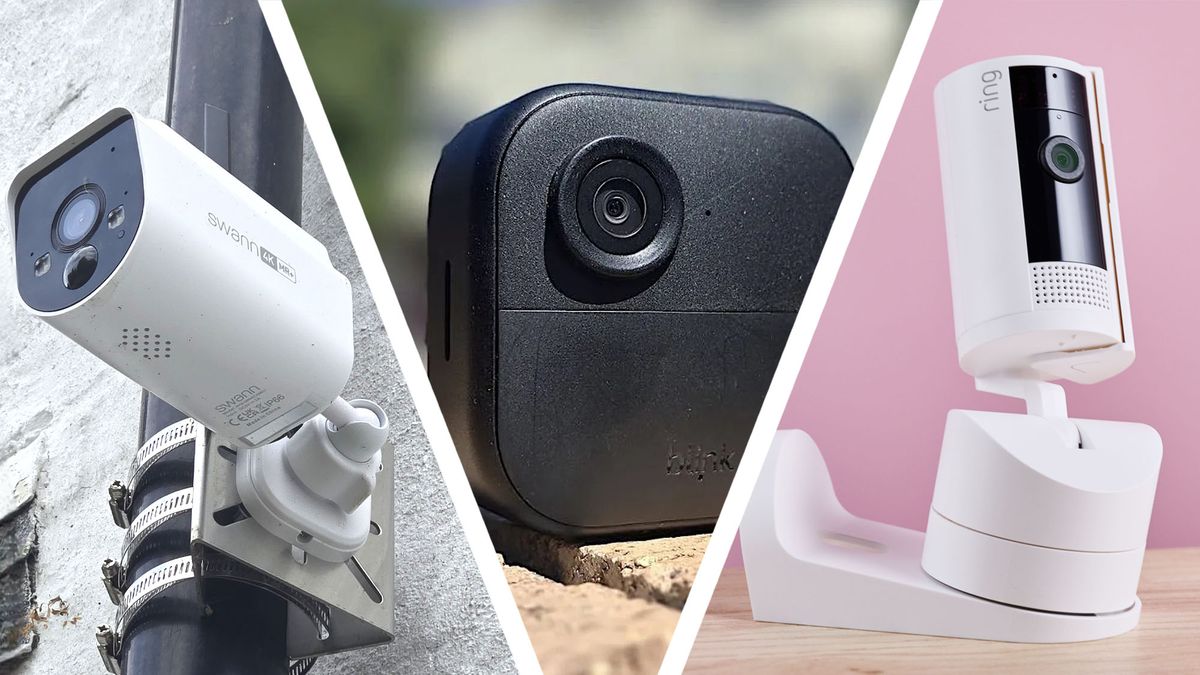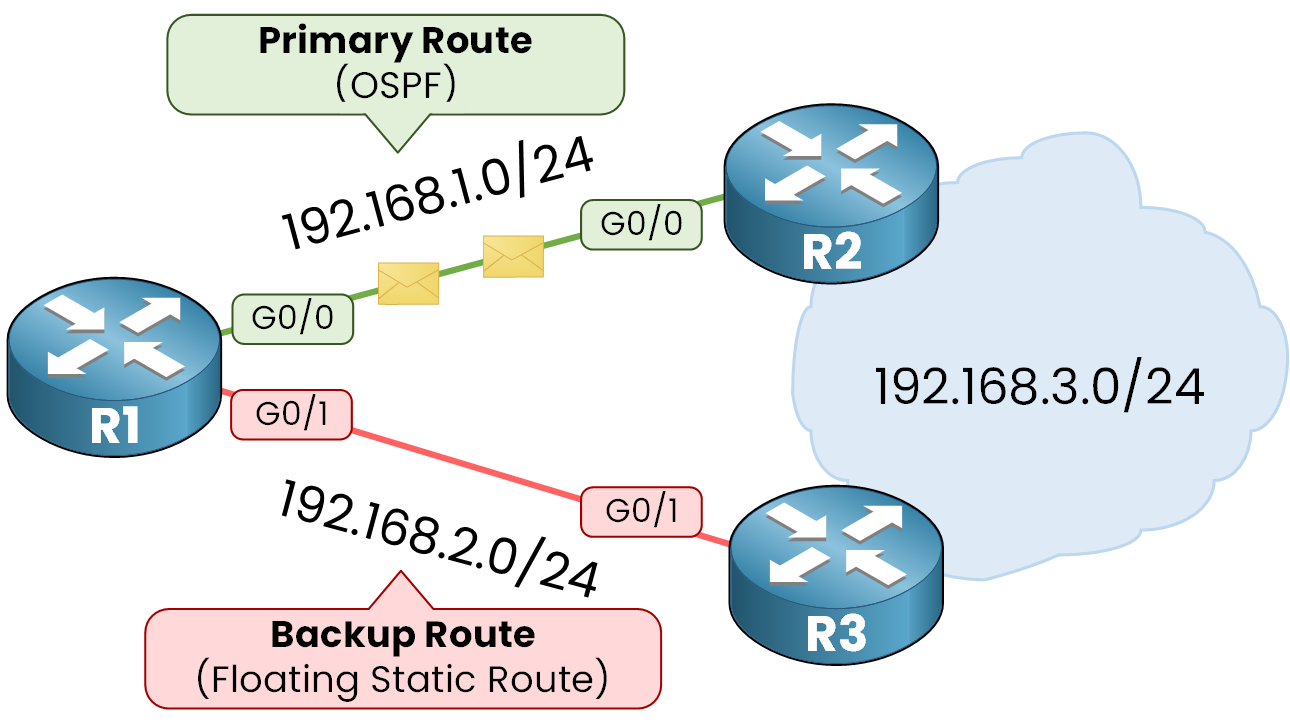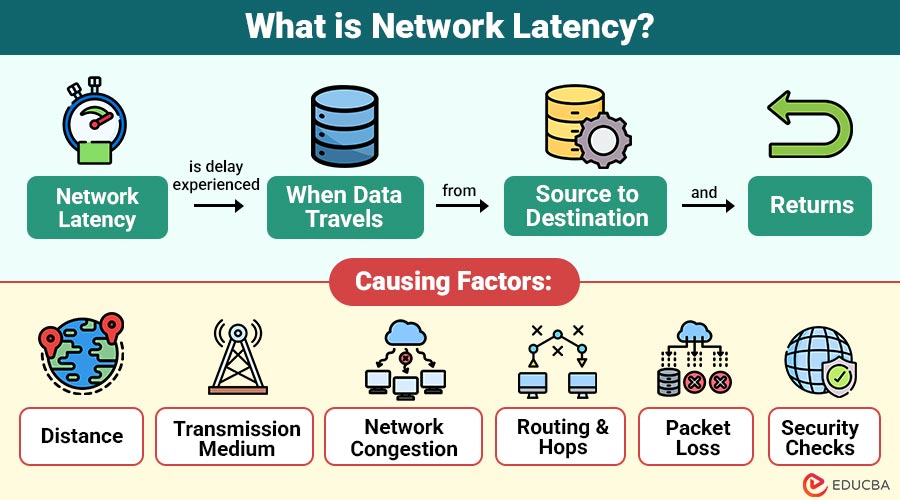Have you ever wished you could see clearly in complete darkness? Whether you want to keep your home safe, monitor your property, or capture wildlife at night, night vision cameras can be a game changer.
These devices open up a whole new world when the lights go out. You’ll discover how night vision cameras work, why they are essential, and how to choose the best one for your needs. Keep reading, and you’ll never miss a moment, even in the darkest hours.
How Night Vision Works
Night vision cameras help us see in the dark. They use special technology to capture images at night.
These cameras work by detecting light that is not visible to the human eye. This makes objects clear even with little light.
Infrared Technology Basics
Infrared technology is the main tool in night vision cameras. It detects heat and light that we cannot see.
Cameras use infrared light to create images. They either capture light reflected from objects or heat emitted by them.
- Active infrared uses a light source to shine infrared light.
- Passive infrared detects heat from objects without extra light.
- This technology helps see shapes and movements in darkness.
Image Enhancement Techniques
Night vision cameras improve images by making them clearer and brighter. They use special methods to do this.
These techniques remove noise and increase contrast. This helps users see details in dark scenes.
- Digital enhancement adjusts brightness and sharpness.
- Noise reduction removes grainy spots from images.
- Contrast improvement helps highlight objects against backgrounds.
Types Of Night Vision Cameras
There are different types of night vision cameras. Each type uses a different way to see in the dark.
Some cameras use infrared light, while others amplify available light or detect heat.
- Infrared cameras use infrared lights to see in complete darkness.
- Image intensifier cameras amplify small amounts of light.
- Thermal cameras detect heat from objects and living beings.

Credit: www.infinitioptics.com
Choosing The Right Camera
Night vision cameras help you see in the dark. They are useful for security and monitoring.
Picking the right camera means looking at key features. These features affect how well the camera works.
Resolution And Image Quality
Resolution shows how clear the image will be. Higher resolution means sharper pictures.
Good image quality helps you identify people or objects at night. Look for cameras with clear night images.
- 720p or higher is best for clear images
- Look for cameras with good low-light performance
- Infrared LEDs improve night image quality
Field Of View And Range
Field of view means how wide the camera can see. A wider view covers more area.
Range is how far the night vision works. Choose a camera that sees far enough for your needs.
- Wide field of view covers large spaces
- Narrow field of view focuses on specific spots
- Night vision range can be 30 to 100 feet or more
Power Sources And Installation
Some cameras use batteries while others plug into power outlets. Choose based on your setup.
Installation can be simple or complex. Pick a camera that fits your skill level and location.
- Battery-powered cameras are easy to place anywhere
- Wired cameras need power and may need professional install
- Check if the camera supports wireless connection
Best Features For Night Surveillance
Night vision cameras help watch areas in low light or darkness. They keep homes and places safe at night.
These cameras have special features to improve night surveillance. Good features make images clear and detection fast.
Infrared Illumination
Infrared lights let cameras see in the dark without light. They glow invisible to the human eye.
This helps cameras capture clear black and white images at night. It works even in total darkness.
- Infrared LED lights brighten dark scenes
- Works silently without disturbing people
- Shows clear shapes and movements
- Energy efficient for long use
Motion Detection Capabilities
Motion detection alerts users when something moves near the camera. This helps catch activity fast.
The camera can start recording or send notifications. This saves storage and keeps attention on important events.
- Detects moving objects in the camera view
- Can trigger alarms or recordings
- Reduces false alerts with smart sensors
- Helps save memory by recording only when needed
Weatherproof And Durability
Night vision cameras often stay outdoors. They need to resist rain, dust, and cold weather.
Strong materials and sealed cases protect cameras. This ensures they keep working in tough conditions.
- Waterproof ratings like IP65 or higher
- Dust resistant to prevent damage
- Sturdy casing to resist impacts
- Works well in hot and cold temperatures
Top Uses For Night Vision Cameras
Night vision cameras help us see in dark places. They use special technology to capture images at night.
These cameras are useful in many areas. They improve safety, research, and work in low light.
Home Security
Night vision cameras protect homes by watching outside areas at night. They help spot intruders or unusual activity.
These cameras send clear images even in total darkness. Homeowners can check their property anytime.
- Monitor doors and windows
- Watch driveways and yards
- Record suspicious movements
- Improve safety during power outages
Wildlife Monitoring
Night vision cameras help scientists and nature lovers study animals. They capture animals active at night without disturbing them.
These cameras show natural behaviors that are hard to see in daylight. They help track animal movements and habits.
- Observe nocturnal animals
- Track animal migration
- Record breeding and feeding
- Support wildlife conservation efforts
Commercial And Industrial Applications
Night vision cameras help businesses keep their buildings safe after hours. They also monitor equipment and work sites in the dark.
These cameras improve security and reduce risks. They allow managers to watch operations without lighting the area.
- Secure warehouses and factories
- Monitor construction sites
- Check equipment performance at night
- Prevent theft and vandalism
Common Challenges And Solutions
Night vision cameras help see in the dark. They face some common problems. Knowing these helps you use them better.
This guide explains common challenges and easy fixes for night vision cameras.
Dealing With Low Light Conditions
Night vision cameras work in low light but can struggle in very dark areas. The image may be unclear or grainy.
Using cameras with infrared LEDs improves visibility. Position cameras where some light is available. Avoid pointing cameras at bright light sources.
- Choose cameras with strong infrared illumination
- Place cameras away from bright lights
- Keep lenses clean for better image quality
Minimizing False Alarms
Night vision cameras may trigger false alarms from animals, leaves, or shadows. This can cause unwanted alerts.
Adjust motion detection settings to ignore small movements. Use camera zones to focus on important areas only.
- Set higher sensitivity for motion detection
- Define motion zones to limit alerts
- Use cameras with smart detection features
Maintenance Tips
Regular maintenance keeps night vision cameras working well. Dirt or damage can reduce image quality.
Clean lenses often and check camera housing for damage. Update camera firmware for best performance.
- Wipe lenses with a soft cloth
- Inspect camera covers and mounts
- Install firmware updates when available

Credit: hyderabadrecipes.com.my
Future Trends In Night Vision
Night vision cameras help us see in the dark. They are used in homes, streets, and nature.
New technology will improve how these cameras work. They will become smarter and clearer at night.
Advancements In Sensor Technology
Sensors in night vision cameras are getting better. They can detect more light in very dark places.
New sensors use less power and show clearer images. This helps see objects far away in the dark.
- Improved infrared sensitivity
- Lower power consumption
- Higher resolution images
- Better performance in low light
Integration With Smart Home Systems
Night vision cameras will connect more with smart homes. They will work with alarms and lights automatically.
This makes homes safer and easier to control. You can check your home at night using your phone.
- Automatic alerts for unusual activity
- Control cameras through apps
- Link with smart lights and alarms
- Remote monitoring anytime
Ai And Enhanced Analytics
Artificial intelligence helps cameras understand what they see. Cameras can spot people or animals in the dark.
AI reduces false alarms. It makes night vision cameras smarter and more useful for security and wildlife watching.
- Detects movement and objects accurately
- Reduces false alerts
- Identifies people, animals, or vehicles
- Provides detailed reports and data

Credit: domar.com
Frequently Asked Questions
What Are Night Vision Cameras Used For?
Night vision cameras capture clear images in low light or darkness. They are used for security, wildlife monitoring, and surveillance. These cameras enhance visibility by using infrared technology. They help detect movement and identify objects at night effectively.
How Do Night Vision Cameras Work?
Night vision cameras use infrared LEDs to illuminate dark areas. The sensor captures reflected infrared light to create images. This technology allows visibility in complete darkness without visible light. It converts infrared energy into a visible image for monitoring purposes.
Are Night Vision Cameras Effective In Total Darkness?
Yes, night vision cameras are effective in total darkness. They rely on infrared illumination, which is invisible to the human eye. This allows them to capture clear images even without any ambient light. Their performance varies based on infrared range and camera quality.
Can Night Vision Cameras Record Color Images At Night?
Most night vision cameras record black and white images in darkness. Some advanced models use additional lighting to capture color footage at night. However, infrared technology primarily produces monochrome images for better clarity in low light. Color night vision is less common and more expensive.
Conclusion
Night vision cameras enhance safety and security at night. They capture clear images in low light. This technology proves beneficial for homes and businesses. Investing in these cameras can deter unwanted activities. They serve as an extra pair of eyes when visibility is low.
Easy installation and user-friendly features make them accessible. They ensure peace of mind. You can monitor spaces effectively, day or night. Choosing the right camera can protect your loved ones and property. Consider your needs and budget. Explore various options available in the market.
Secure your surroundings effortlessly.
16 min read

